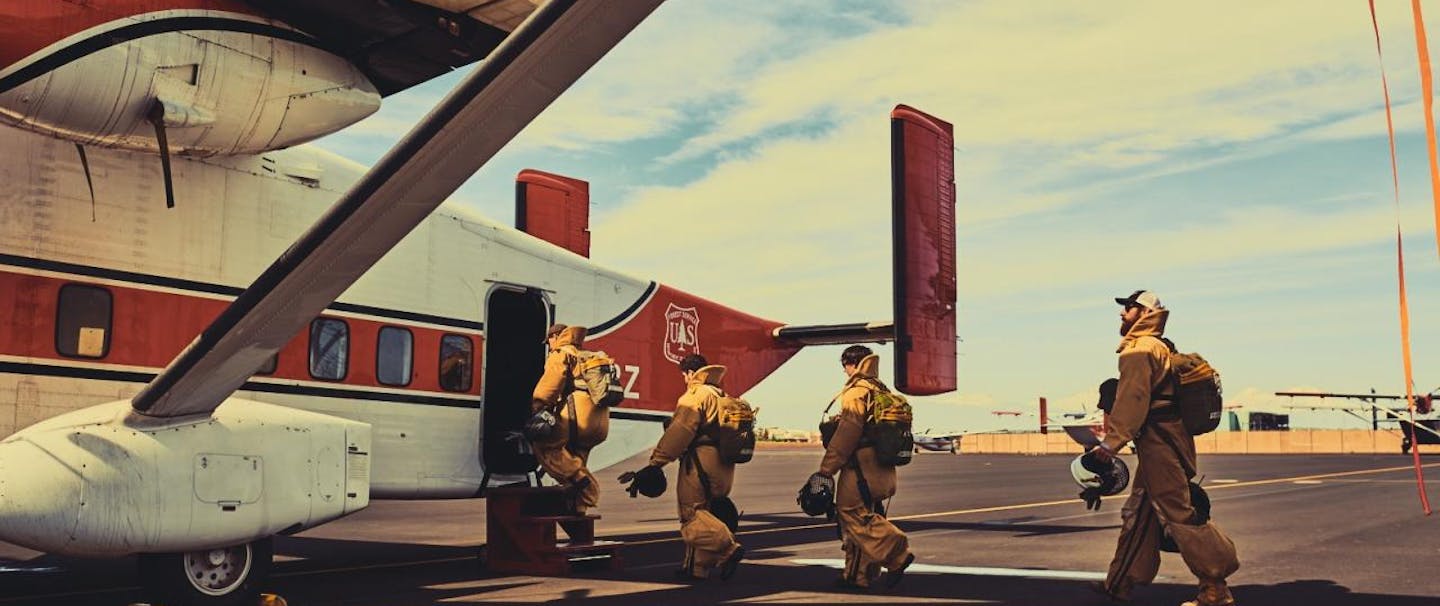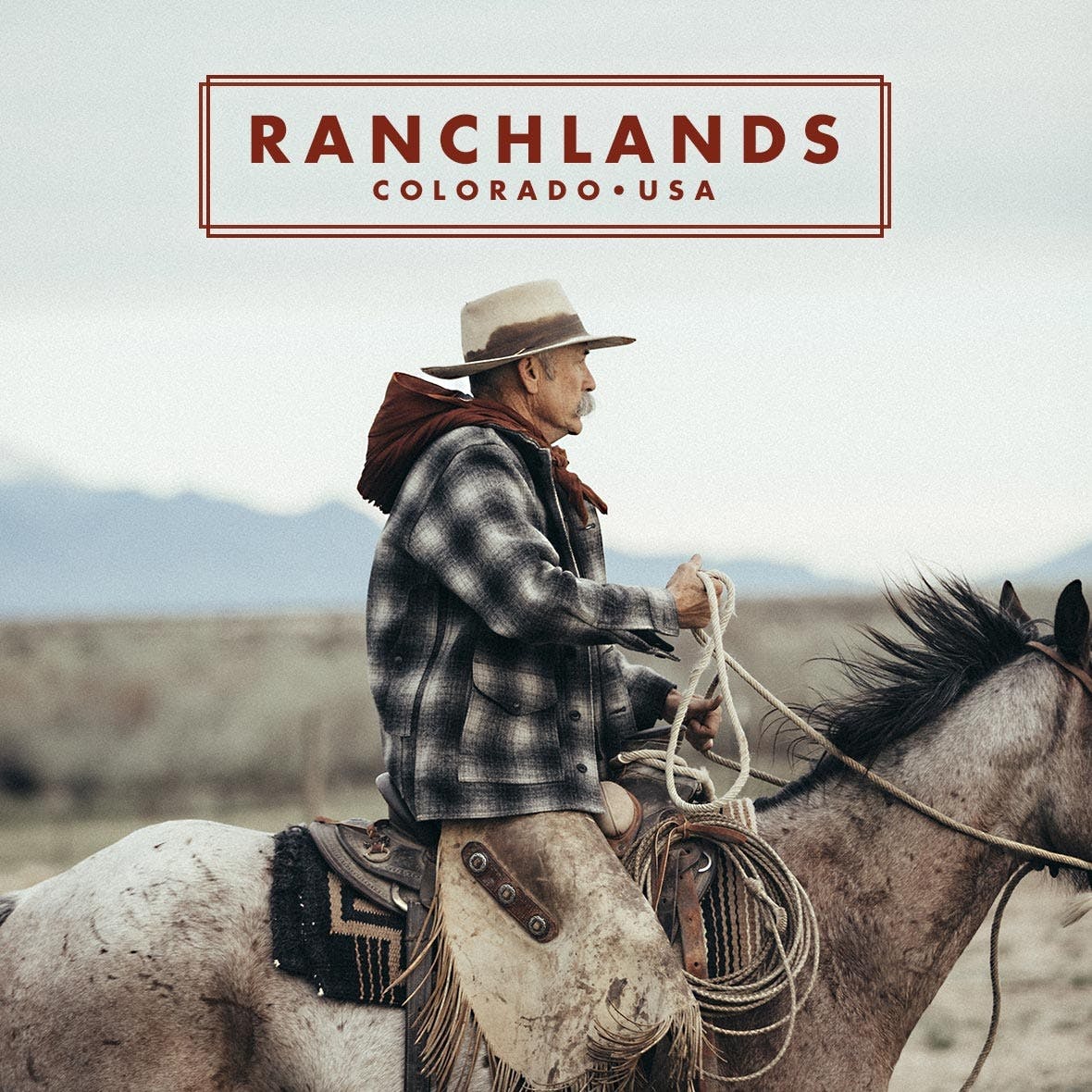
For Duke Phillips, it’s not about getting the most beef in a year. It’s about conservation, working in harmony with nature to raise healthy land for a strong herd. For generations.
At Ranchlands, his Colorado-based, family-run ranching and land management company, Phillips oversees 300,000 acres of land. Phillips, known as Big Duke, would be a dead ringer for Sam Elliott if Sam Elliott had a better mustache. He doesn’t own the land, but he knows it better than anyone. He manages land for the Colorado State Land Board, Nature Conservancy and other private land owners on a multi-decade basis. It’s his to manage and steward. With help.
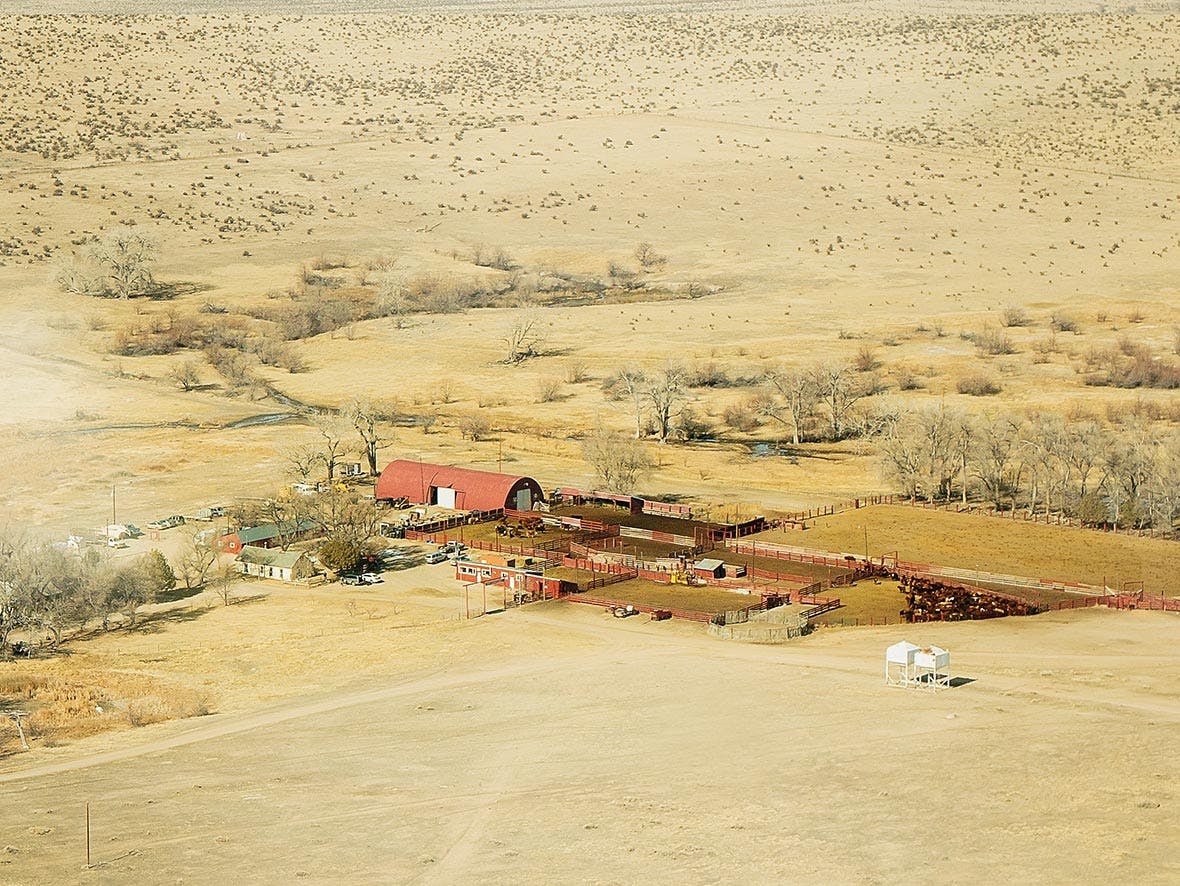
 To start, there’s Duke Phillips IV – Little Duke to his friends – who runs Ranchlands’ daily operations. He’s 29. Thick red beard. Sterling buckle handed down to him by his Grandfather, Duke II. Leather for hands. He looks the part of what we’ve come to expect from our cowboys. But there’s no bravado here. No shooting from the hip. He’s quiet. Calculated. Seasoned. To succeed he leans on pressure and patience to move cattle, shape ecosystems through smart grazing plans and ultimately leverage his operation in a way that regenerates the nourished lands they and their cattle rely on. Cattle are his tool, but conservation is his goal. He was raised on a ranch and knows instinctively what most people never will.
To start, there’s Duke Phillips IV – Little Duke to his friends – who runs Ranchlands’ daily operations. He’s 29. Thick red beard. Sterling buckle handed down to him by his Grandfather, Duke II. Leather for hands. He looks the part of what we’ve come to expect from our cowboys. But there’s no bravado here. No shooting from the hip. He’s quiet. Calculated. Seasoned. To succeed he leans on pressure and patience to move cattle, shape ecosystems through smart grazing plans and ultimately leverage his operation in a way that regenerates the nourished lands they and their cattle rely on. Cattle are his tool, but conservation is his goal. He was raised on a ranch and knows instinctively what most people never will.
Then there’s Woods Leach, Little Duke’s nephew. He’s 3. Part of the land. He knows where the frogs live, the best places to fish and how to bottle-feed a calf. He herds cattle in the living room with his brother, Hayes. Woods is next in line to carry on the tradition of stewardship and range management in the heart of the American West.
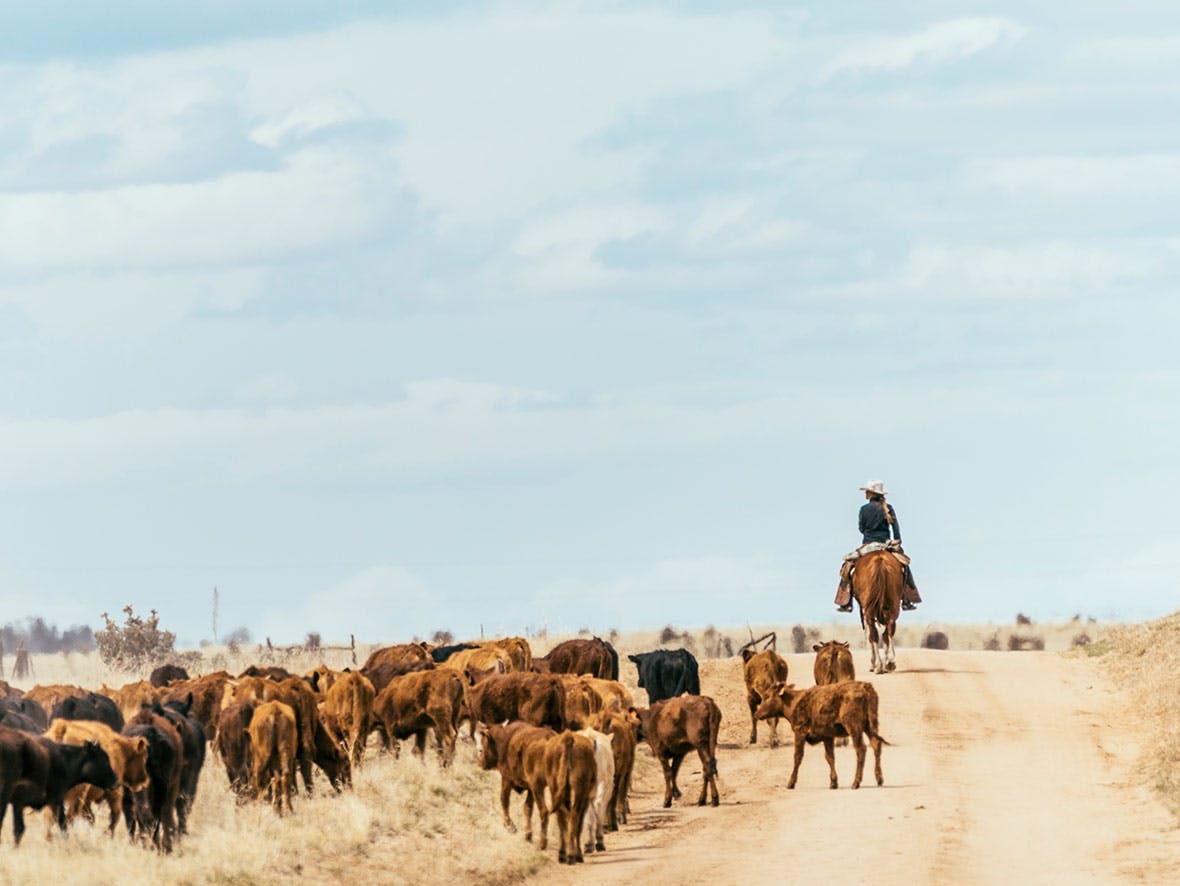
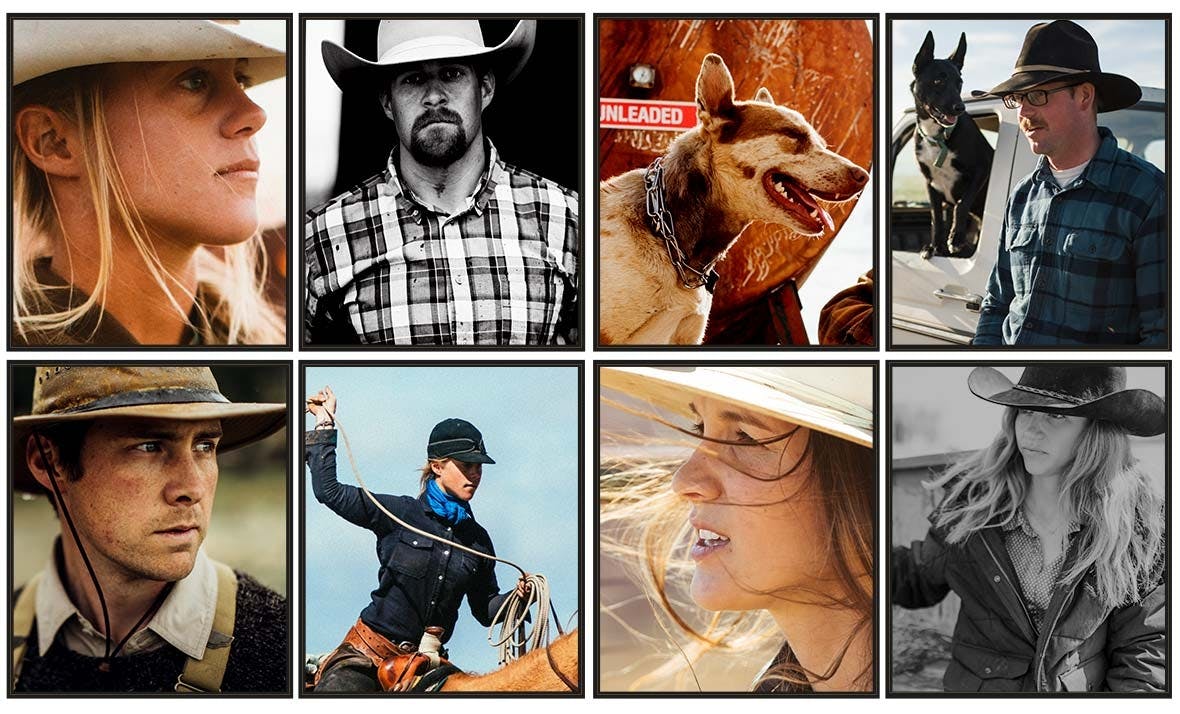 Working alongside the Phillipses is a diverse group of men and women from across the globe with backgrounds as far-reaching as the lands they manage. There’s Jake, a Midwesterner in the Army Reserves who went through the Ranchlands Apprenticeship program to become a ranch manager; Kate, a former fashion-magazine photo editor in London, who manages their guest operations; Jessie, from San Diego, who is part of the social media team that has garnered acclaim from some of the top travel mags in the world.
Working alongside the Phillipses is a diverse group of men and women from across the globe with backgrounds as far-reaching as the lands they manage. There’s Jake, a Midwesterner in the Army Reserves who went through the Ranchlands Apprenticeship program to become a ranch manager; Kate, a former fashion-magazine photo editor in London, who manages their guest operations; Jessie, from San Diego, who is part of the social media team that has garnered acclaim from some of the top travel mags in the world.
Ranchlands is in the business of opening doors and breaking stereotypes. They know that to galvanize a future for ranching in a country where less than two percent of the populous are ranchers, there has to be a bridge for the urban and rural communities to come together. Throughout the year, Ranchlands hosts birdwatching and art workshops, horsemanship clinics, hunting and fishing opportunities, and has just launched a summer campout series that allows guests to sleep in wall tents on the open range and take part in the daily activities of ranching at their home spread, the Chico Basin Ranch, just south of Colorado Springs.
As much as Ranchlands’ characters buck the stereotype of the cowboy, their ranching practices do, too. They employ a non-traditional ranching method using the Lasater philosopy of cattle raising, which emphasizes a cattle herd that has been selected and bred for the natural environment of the ranch they live on.
 They leave horns on their Beefmaster cattle so they can protect their calves from coyotes. If a cow loses her calf to a predator, the cow is sold instead of the predator being shot. Cattle graze in planned rotations to mimic the patterns of native species like bison, which have grazed these plains for millennia and co-evolved with the grasses that Ranchlands’ livestock rely on. Herds are managed to ensure that their numbers don’t grow beyond the capacity of the land, and that they co-exist with the natural world: grazing plans are made with nesting birds, migratory animals and plant life cycles in mind. Ranchlands doesn’t change the environment to suit their cattle, but rather manages their cattle for the improvement of the environment.
They leave horns on their Beefmaster cattle so they can protect their calves from coyotes. If a cow loses her calf to a predator, the cow is sold instead of the predator being shot. Cattle graze in planned rotations to mimic the patterns of native species like bison, which have grazed these plains for millennia and co-evolved with the grasses that Ranchlands’ livestock rely on. Herds are managed to ensure that their numbers don’t grow beyond the capacity of the land, and that they co-exist with the natural world: grazing plans are made with nesting birds, migratory animals and plant life cycles in mind. Ranchlands doesn’t change the environment to suit their cattle, but rather manages their cattle for the improvement of the environment.
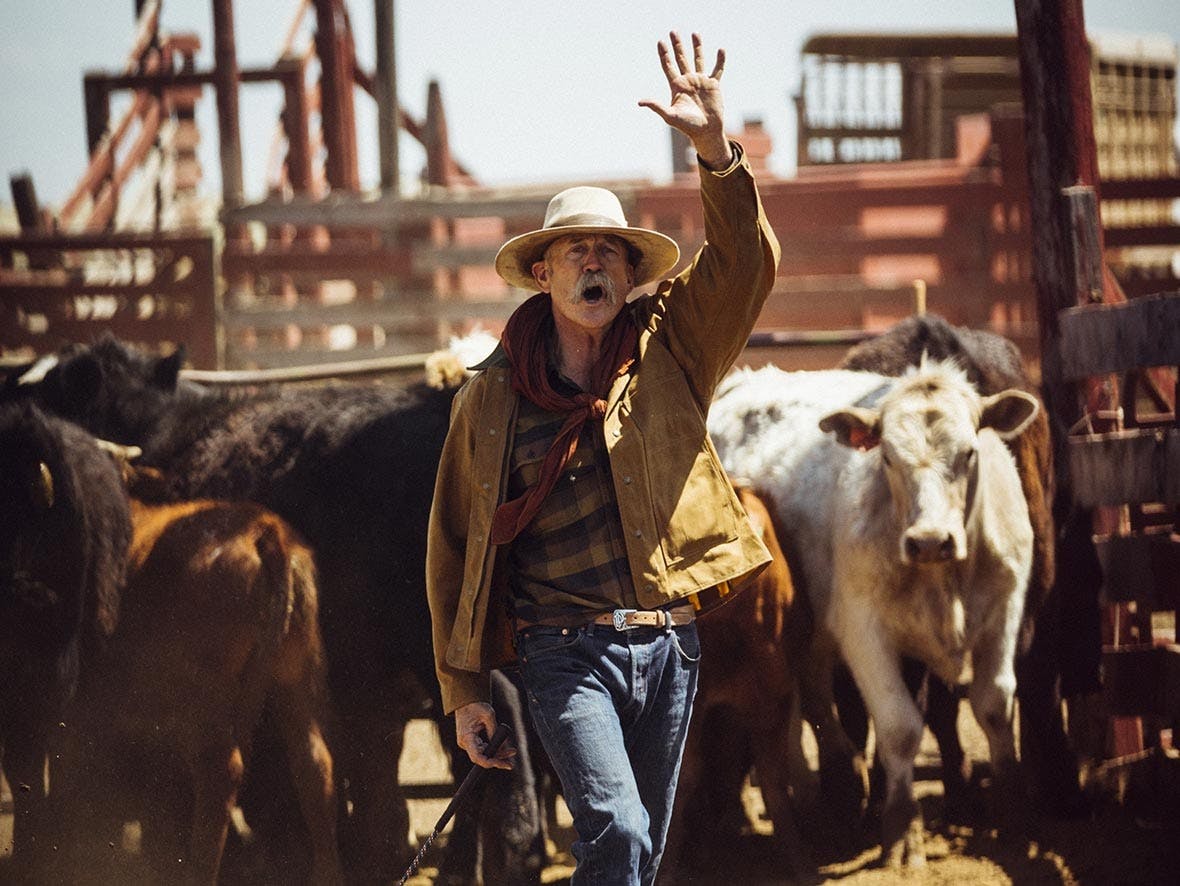
The result is healthy land and a strong, resilient herd uniquely adapted to the land they live in as well as producing a calf economically every year.
This natural method of cattle raising works with the land so that wildlife, cattle and Ranchlands can co-exist for centuries. If his goal was to have the most beef today, it wouldn’t make sense.
But Ranchlands’ main objective isn’t meat, it’s to create healthy land through ranching for generations to come.

Story by Charles Post
Photography by Forest Woodward



